59 F. high in the Twin Cities Wednesday.
62 F. average high on October 8.
77 F. high on October 8, 2013.
TODAY: Plenty of sun, cool breeze. Winds: NW 5-10. High: 55
THURSDAY NIGHT: Clear, touch of frost late. Low: 34
FRIDAY: Cool blue sky. High: 56
SATURDAY: Nicer day of the weekend. Early frost, then sunny and breezy. Wake-up: 33. High: near 60
SUNDAY: Fading sun, showers at night. Wake-up: 42. High: 58
MONDAY: Showers slowly taper. Wake-up: 46. High: 57
TUESDAY: Partly sunny and quiet. Wake-up: 38. High: 61
WEDNESDAY: Mild sunshine, beautiful. Wake-up: 41. High: 68
Weather Phobia
Halloween
is coming; candy-craving freaks and zombies show up at your door in
about 3 weeks. But if you REALLY want to get scared just pick up the
paper or turn on the news.
People ask me if I'm frightened of
the weather. Only if I'm flying into a thunderstorm or stuck on a lake
during a severe electrical storm. But today there's no excuse for
either. With phone apps and thousands of free web sites you can SEE the
weather moving in and take precautions.
Even so, new research at
Ball State suggests 1 in 10 Americans suffer from severe weather phobia -
an almost debilitating paranoia over tornadoes, floods, hurricanes and
fires. Some can't sleep, others are depressed, many obsessively check
their phones, laptops or TV's for the latest updates.
A healthy respect for weather is a good thing. So is perspective.
Cool,
dry weather spills over into much of Sunday; temperatures a few degrees
cooler than average. Rain may hold off until after Sunday's Vikings
game at TCF Bank Stadium.
Monday showers give way to a warming trend: 60s, maybe 70F by Thursday & Friday.
The extended outlook calls for a corn harvest, aerobic leaf-raking and home winterizing. Nothing too scary in sight.
Scared of Storms? Ball State Studies Severe Weather Phobias.
It's good to be a little paranoid about the weather, especially during
severe storm, flash flood and icing situations, but a pervasive,
paralyzing fear of the weather? Here's the introduction to a story at
Indystar: "
Do
you lose sleep over the weather? One in 10 Americans may suffer from
severe weather phobia — a fear of extreme weather such as hurricanes,
wildfires or tornadoes so strong that they may feel helpless or can’t
sleep, according to new research. Ball State University geographer Jill
Coleman teamed up with her mother, University of Kansas psychologist
Karen Multon, to survey 300 people about their weather anxieties..."
NASA Adds Up Japan's Soaking Rains from Phanfone. Here's the intro to a story at
spaceref.com: "
Typhoon
Phanfone packed heavy rainfall as it brushed over Japan and NASA's TRMM
satellite identified where the rain fell. That data was used to make a
map of rainfall totals. The Tropical Rainfall Measuring Mission or TRMM
satellite has the ability to calculate rainfall rates within storms as
it orbits around the Earth's tropics from space. TRMM data can also be
used to create rainfall maps that show how much rain has fallen over
given areas...
Dueling Super Typhoons.
Check out the nearly perfectly-concentric eyewalls for the Category 5
Typhoons in the western Pacific over the last year. Haiyan may have been
the most extreme typhoon (same thing as a hurricane) ever observed
before it came ashore near Tacloban City, Philippines. Vongfong, with a
central pressure of 900 mb, showed characteristics and intensity similar
to that of Haiyan. Graphic: NOAA.
What Sort of Weather Can You Buy for $100 Million Pounds?
A rhetorical question for residents of the UK, where the Met Center is
about to spend a very significant amount of money on a supercomputer
outbreak. Will locals notice the difference in accuracy? Here's a clip
from
The Telegraph: "..
.To
grasp how it might improve matters, we need to understand the basic
mechanics of how the weather is forecast. The Met Office currently takes
in 106 million observations a day from around the world using a variety
of sources, from old-fashioned weather balloons reading the atmosphere,
to satellites high up above the stratosphere, and hundreds of
commercial aeroplanes which send back data as they fly between
destinations..."
Image credit above: "
Michael Fish’s notorious 1987 storm forecast: the weather and public failure combined are guaranteed to attract an audience." Photo: BBC.
Atlantic: Fewest Named Storms Since 1983. CTV News has more details: "This
year's Atlantic hurricane season is shaping up to be one of the weakest
in decades with only five named storms formed in the region so far this
year. That's the fewest named storms formed during a single season in
the Atlantic since 1983, when there were four..."
Photo credit above: "A
man crosses a flooded Highway 64 as wind pushes water over the road as
Hurricane Arthur passes through Nags Head, N.C., July 4, 2014." (AP / Gerry Broome, File)
Why Florida's Record-Setting Hurricane Drought Portends Danger.
Complacency is growing as fast as the potential for disaster. The last
major hurricane in south Florida was Andrew in 1992. Here's the intro to
a Jason Samenow article at
Capital Weather Gang: "
Florida
has gone 3,270 days without a hurricane – nearly nine years and, by
far, the longest stretch on record (the next longest streak is 5 seasons
from 1980-1984, in records dating back to 1851). Meanwhile, the
Sunshine state’s population and development have boomed. Florida is long
overdue for a destructive hurricane and has never had so many people
and so much property in the way..." (1992 Hurricane Andrew time lapse: NASA).
Our Moods Have a Surprising Effect On Just About Everything We Do. And guess what one of the biggest drivers of our moods is?
Business Insider just ran an interesting story - here's a clip that got my attention: "...
After looking at more than 1 million online reviews on sites like TripAdvisor, they found that restaurants received significantly better ratings on days with nice weather and
worse reviews on any day with rain. “The best reviews are written on
sunny days between 70 and 100 degrees,” researcher Saeideh Bakhshi concluded.
“A nice day can lead to a nice review. A rainy day can mean a miserable
one.” In short: Yelp reviews are accidental weather reports..." (File photo: Neil Hall, Reuters).
Buy Experiences, Not Things. Following up on today's weather column here's an excerpt of a post at
The Atlantic: "...
Over
the past decade, an abundance of psychology research has shown that
experiences bring people more happiness than do possessions. The idea
that experiential purchases are more satisfying than material purchases
has long been the domain of Cornell psychology professor Thomas Gilovich.
Since 2003, he has been trying to figure out exactly how and why
experiential purchases are so much better than material purchases. In the journal Psychological Science last month, Gilovich and Killingsworth, along with Cornell doctoral candidate Amit Kumar, expanded on the current understanding that spending money on experiences "provide[s] more enduring happiness...."
Ebola Fears Are Triggering Mass Hypochondria.
No kidding. That's why I'm watching a lot of HGTV and ESPN these days.
This is bad news for anyone who is already freaked out about their
health, as this snippet at New York Magazine confirms: "...
In
a way, what we’re seeing here is hypochondria manifested on a mass
scale, said Catherine F. Belling, an associate professor at Northwestern
University's Feinberg School of Medicine, who has written a book on hypochondria.
“I know that there are a lot of people, clearly, who are very anxious
and panicking at this point, who maybe don’t altogether trust what the
CDC is saying,” she said. “And they’re worried that it’s out in America
now, instead of being far away in Africa...”
Photo credit:
PLoS.
Is This The New iPad Air2? Newsweek has the rumors and (alleged) leaked photos of what's to come.
Heavy Coffee Drinker? Blame Your Genes, Study Suggests. Yes, I prefer my coffee delivered via IV drip. Here's an excerpt from
The Boston Globe: "
Ever
wonder why you can’t get through the day without your two cups of java,
but your spouse and college-age daughter shun the brew? (Okay, I have.)
A new study led by Harvard School of Public Health and Brigham and
Women’s Hospital researchers found genes may be at least partly to blame
-- and not necessarily those that govern our taste buds..."
Image credit above: Keith Srakocic/AP/File. "
In
a giant analysis of 120,000 regular coffee drinkers from dozens of
studies, scientists identified six new gene variations linked to coffee
and caffeine consumption."
Climate Stories...
Why Americans Are Flocking To Their Sinking Shores. As
I tell my friends thinking of retiring to Florida for a Gulf or Bay
view, buy (or rent!) something a few blocks inland, and be patient. You
may get your waterfront property sooner than you think. Here's an
excerpt from
The Chicago Tribune: "...
The
ease with which Huckabee and his neighbors have been able to work
around some of the most restrictive beach development laws in the
country is indicative of a problem that only worsens as rising seas gnaw
at U.S. shores: Americans are flocking to the water's edge, as they
have for decades, even as the risks to life and property mount. And
government is providing powerful inducements for them to do so. Between
1990 – when warnings were already being sounded on rising sea levels –
and 2010, the United States added about 2.2 million new housing units to
Census areas, known as block groups, with boundaries near the shore, a
Reuters analysis found...
East Coast Cities Face Frequent Flooding Due To Climate Change. The sea is rising, and that has implications, especially at high tide. Here's an excerpt from
The Guardian: "...
The
report, Encroaching Tides: How Sea Level Rise and Tidal Flooding
Threaten U.S. East and Gulf Coast Communities over the Next 30 Years,
from the Union of Concerned Scientists
(UCS), found most of the towns on America’s east coast will see triple
the number of flooding events by 2030. By 2045, those towns will see 10
times as many tidal floods – and those floods will seep further inland,
and last longer, the researchers said. Many coastal towns already see
dozens of small tidal floods every year, typically lasting only a few
hours. But the frequency of such events is marching upwards because of
sea level rise – which at some points along the east coast is more than
twice the global average..." (Photo: Aaron Favila, AP).
Miami Beach Trying To Stem The King Tide. Now it doesn't even take a major storm for significant flooding in Miami Beach - a full moon will do the trick. Details from
NBC Miami.
Flood Warning: Report Predicts Baltimore, Annapolis, Ocean City Will Get Wetter More Often in Next 30 Years. Following up on the stories above here's an excerpt of a story at
The Baltimore Sun: "...
A report issued Wednesday by the Union of Concerned Scientists
says tidal flooding already is happening more often than it did in the
past in coastal communities like Baltimore. With sea level predicted to
rise by a foot over the next 30 years, the environmental group warns,
such periodic disruptions could become a chronic problem, closing
streets and driving people from homes and businesses on a regular basis..."
Photo credit above: "
Low-lying
waterfront communities like Miller's Island in Baltimore County are
predicted to get flooded more often in years ahead as seas rise."
(Kenneth Lam / October 8, 2014).
2014 Extreme Weather: What Attribution Can Tell Us.
You can make an argument that climate change is flavoring all weather
now, but which (extreme) weather events have a climate fingerprint, and
which don't? This gets into attribution; a subject tackled by
Climate Central - here's a clip: "...
Extreme
event attribution, as the nascent field is called, is a quickly growing
one, with more and more researchers publishing studies that aim to
tease apart the influences of climate change and natural variability on
some of the biggest weather outliers we experience — and do so on
shorter timescales. “People are really engaged when events are happening
and we’re trying to speak to that by saying something that’s relatively
robust” and fairly close to the event, said Peter Stott, a
climatologist with the U.K. Met Office Hadley Centre
and one of the report’s editors. The effort isn’t without critics,
though, who say such efforts can confuse the conversation about what we
know about the effects of global warming..."
Photo credit above: "
Shasta
Lake, the largest manmade lake in California, was at 36 percent of
capacity when this photo was taken in January 2014. As of Sept. 28, it
was at 26 percent of capacity."
Credit: USGS/Angela Smith.
The Strangest Ways to Tackle Climate Change Ever Suggested. Sometimes it's the slightly-crazy-sounding ways that wind up working. Here's an excerpt from
The Independent: "
Changing
the diet of cows would significantly reduce flatulence and remove as
much methane from the environment as taking 19 million cars off the
road, researchers at Scotland’s Rural College have claimed. Is there
method in the madness of these scientists’ unusual attempts to tackle
global warming?..."
If We Cared About The Environment Like We Care About Sports. I enjoyed this PG-rated (salty language) video from
Buzzfeed. No, don't hold your breath.
Can Sucking CO2 Out Of The Atmosphere Really Work? And even if you can get it to work, can it work cost-effectively, at scale?
MIT Technology Review has the story; here's an excerpt: "...
The
need for a carbon-sucking machine is easy to see. Most technologies for
mitigating carbon dioxide work only where the gas is emitted in large
concentrations, as in power plants. But air-capture machines, installed
anywhere on earth, could deal with the 52 percent of carbon-dioxide
emissions that are caused by distributed, smaller sources like cars,
farms, and homes. Secondly, air capture, if it ever becomes practical,
could gradually reduce the concentration of carbon dioxide in the
atmosphere...."
Photo credit above: "
CTO and co-founder Peter Eisenberger in front of Global Thermostat’s air-capturing machine."
Black Hills Blizzard of Early October, 2013, Probably Not Linked to Climate Change.
USAgnet.com
takes a look at the freak blizzard that unloaded as much as 55" of snow
on the Black Hills of South Dakota on October 3-5, 2013. Was there a
connection to increasing moisture levels and climate volatility? "...
It
was just an anomaly," Edwards said. "This type of early season blizzard
is an outlier and is not any more likely to occur in the future due to a
changing climate." Such a storm occurs about once every 10 years, so it
is not uncommon to get that much precipitation in a two- or three-day
period in western South Dakota. But the timing of the 2013 early October
blizzard created devastating impacts. Computer models showed a
reduction in what Edwards called "extreme precipitation events" in the
fall season in western South Dakota when compared to climate conditions
in the 1800s. However, she added, the results were not statistically
significant..." (Image above:
YouTube).
How To Lie With Data (or "Melting Away Global Warming"). Phil Plait looks past the propaganda and spin to what's really happening at both poles in
Slate; here's the introduction: "
After a summer of seasonal melting, on Sept. 17, 2014, Arctic sea ice extent likely hit its minimum
for the year. The official word is that it was measured at 5.02 million
square kilometers (1.94 million square miles). This is the sixth-lowest
minimum since satellite records began in 1979. It also fits right in
with the overall declining trend of Arctic sea ice..."
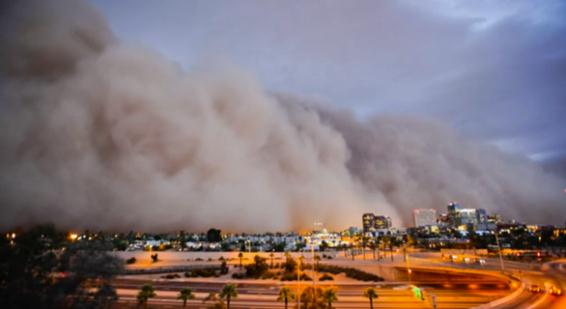
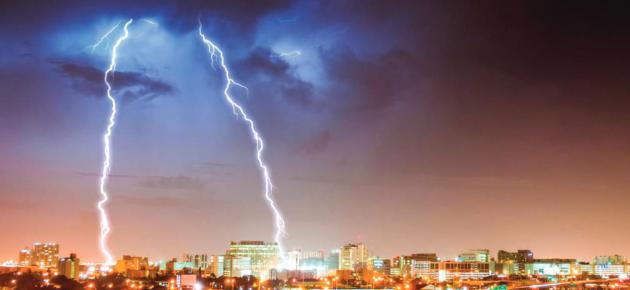



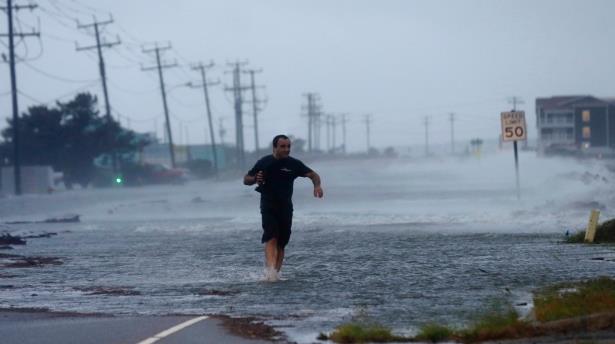


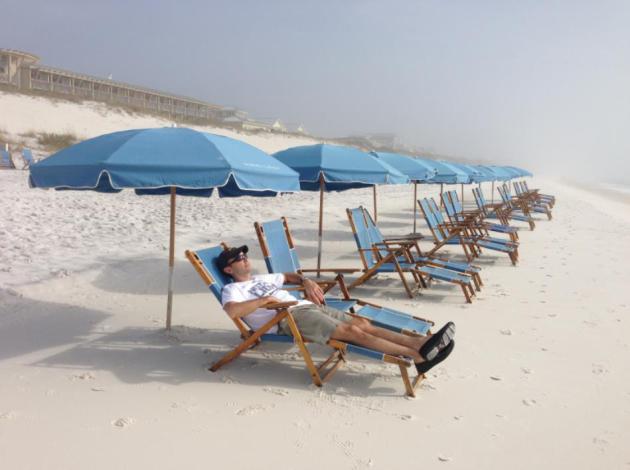
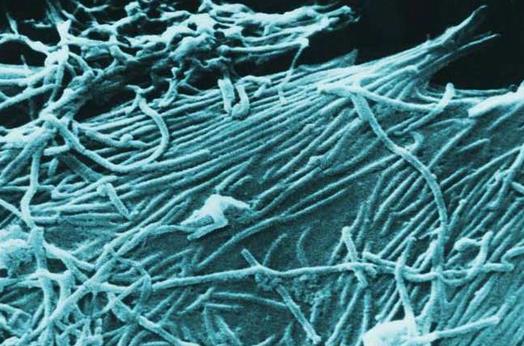


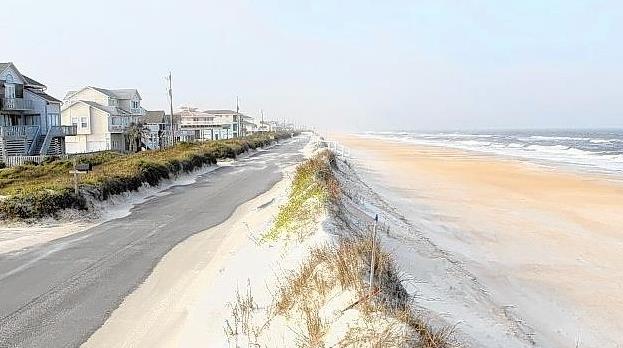




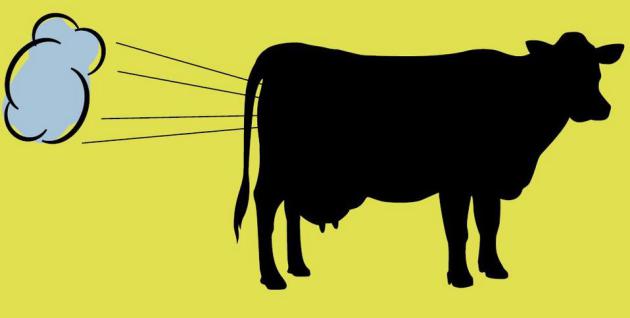
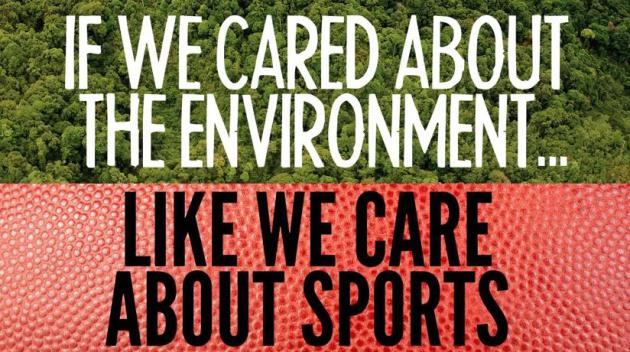
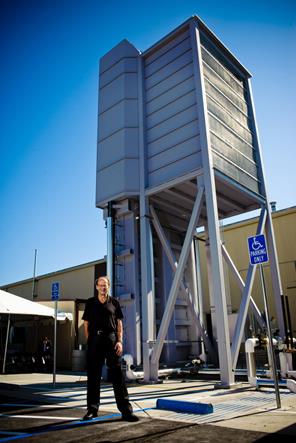



No comments:
Post a Comment